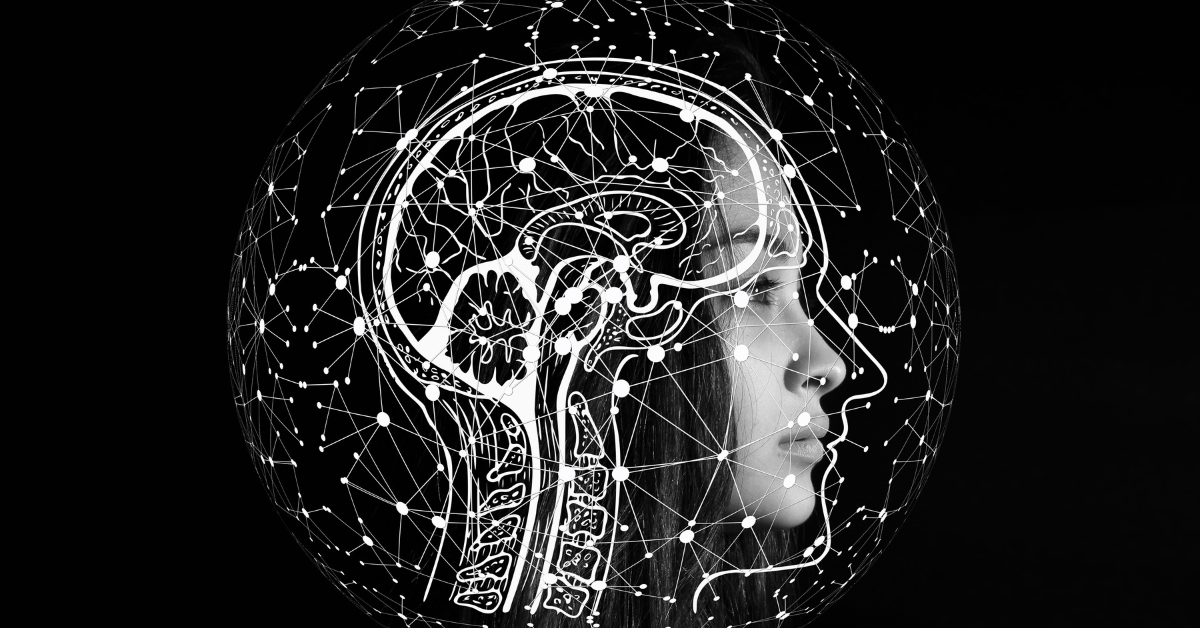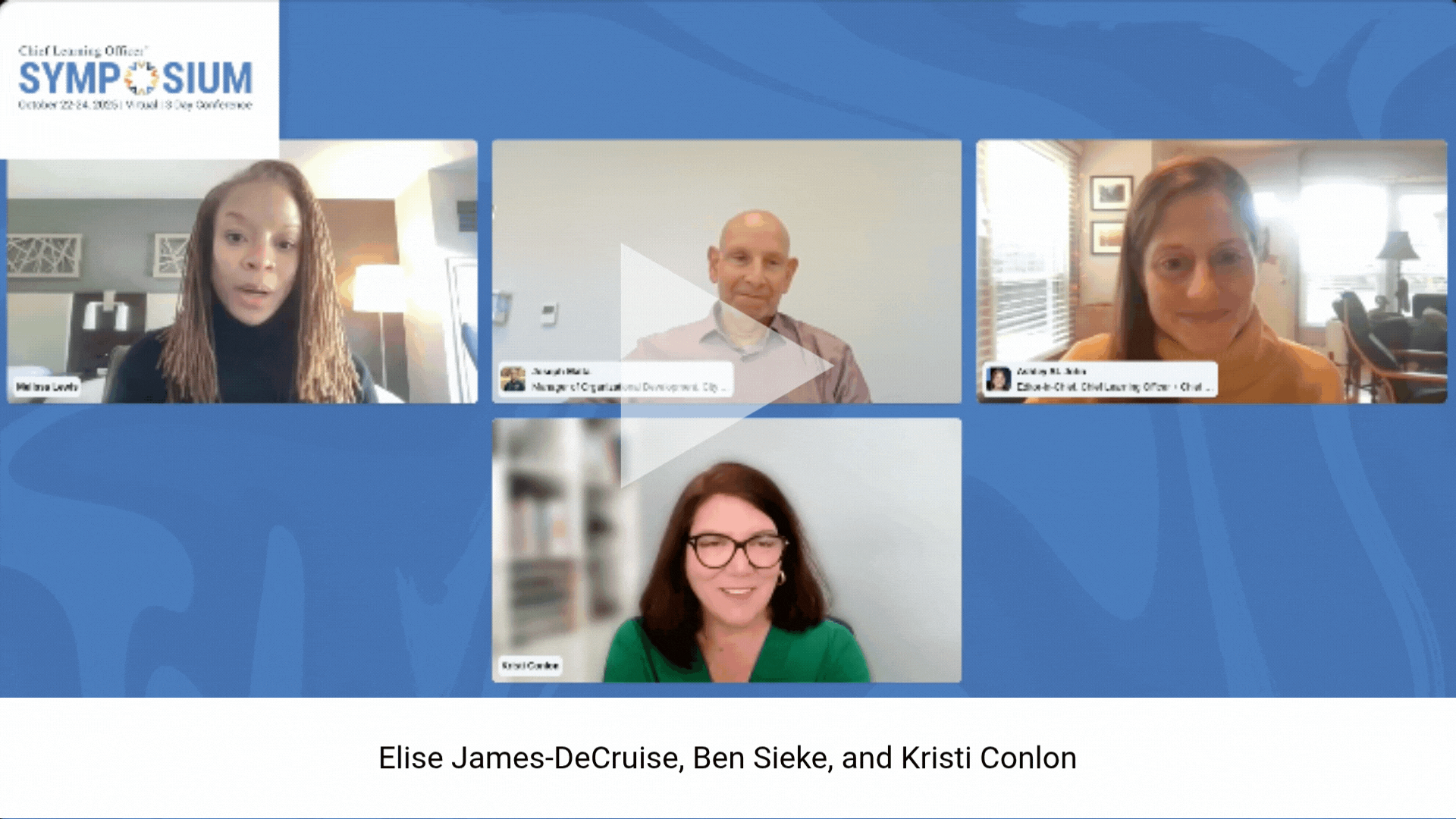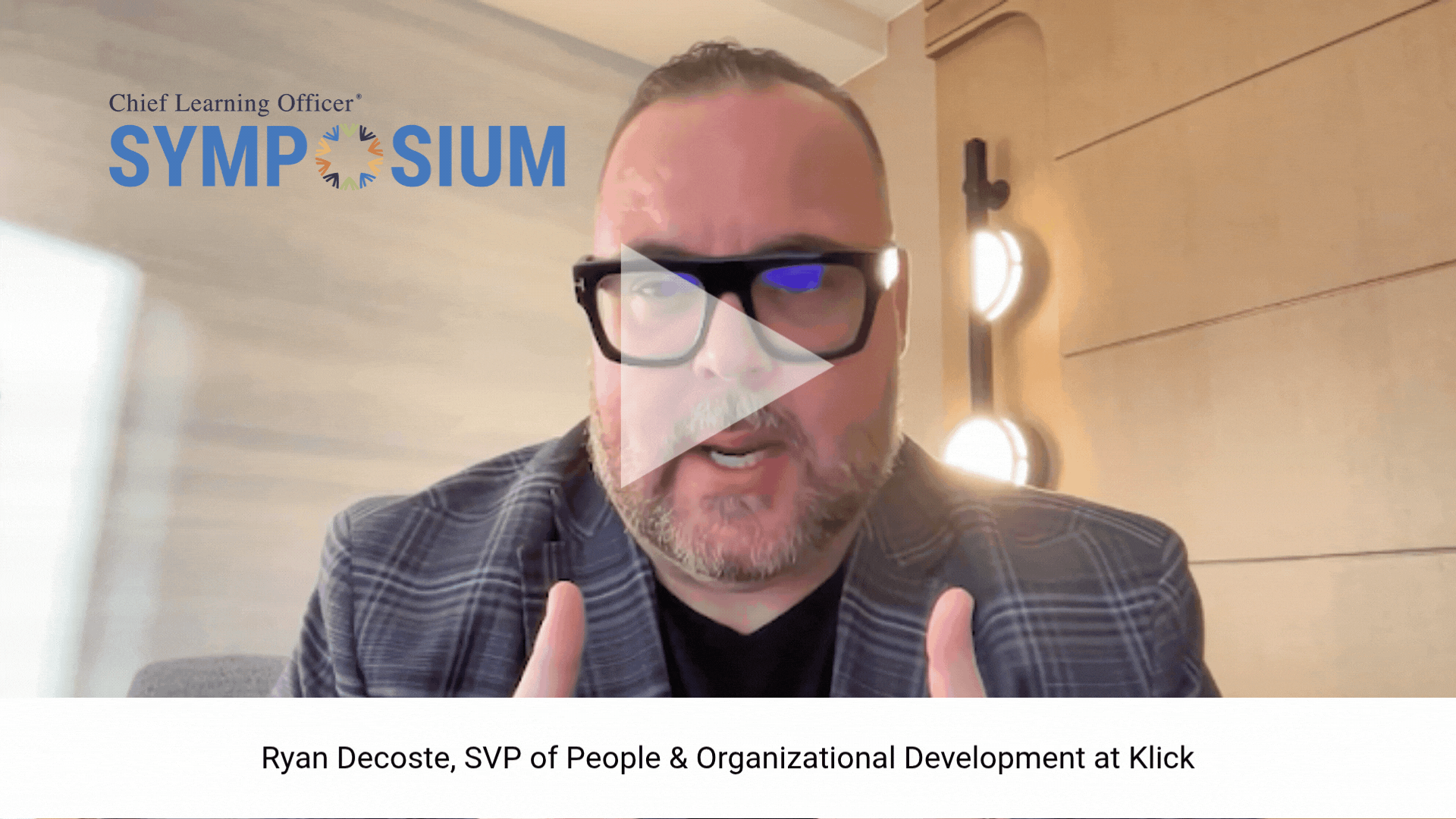For many years, we’ve used the pedagogical model of teaching in corporate learning and development. This approach involved building courses, curricula and certifications, then forcing employees to wade through a course and complete it as validation of their learning.
In the new world of artificial intelligence-native learning, everything is about to change. What we call “The L&D Revolution” gives both L&D and the rest of the company an entirely new paradigm for driving success.
Unleashing an inner sense of wonder
Why does corporate learning exist? At its core, to empower people to ask questions, learn and perform their jobs well. While formal training can be a welcome break from routine work, most learning comes from doing and by asking questions in real time—and that unleashes something powerful.
Look at ChatGPT: Once launched, it reached more than a million users in five days—a milestone that took Netflix over three years. Today, with more than a billion users and 400 million weekly active users globally, it has surpassed all the corporate learning providers by orders of magnitude.
What are people really doing with ChatGPT? They’re learning. They’re asking questions, getting immediate answers, digging deeper, analyzing information and ultimately making themselves more productive. So, one could argue that simply by shifting to a “learn by inquiry” model, we may triple our value to the business.
From my experience, there are two main learning models in this industry. The first is “what you need to know”—linear or prescriptive things that every employee needs to understand about the company, its products and their role. This kind of content is well handled by existing L&D models.
The second, and far more important, is “what you’d like to know”—questions, curiosities and explorations about how the company works, what customers truly need and how we can each go further in our careers. Thanks to AI, this kind of learning is now explosive and transformative.
Imagine a sales rep who loses a deal. Naturally, they may ask, “What could I have done to be more successful?” A well-designed AI-powered learning system would take that question, give the employee an initial answer and chat with the individual to dig into the problem.
The system would then surface relevant sales training material and recommend videos, tips or case studies for help. And the employee, assuming they like the experience, would likely keep exploring until they feel they’ve learned what they need.
This “curiosity-based” learning is now possible, and its benefits extend far beyond traditional training.
Let’s turn to Google for insight. Elizabeth Reid, Global Head of Search, recently noted how AI is transforming user behavior. She pointed to AI Overviews—Google’s new AI-powered summarization feature that appears at the top of search results—as a clear example: “Human curiosity is boundless; people have a lot of questions,” she observed. “A three-year-old asks, ‘Why, why, why,’ but as adults, we tend to stop asking. Yet when you lower the barrier to asking questions, people come with more and more queries — these days, they ask anything.”
This is a hugely significant insight for corporate training in the AI era. As Reid noted, younger users—often the first to push expectations about what technology can do and quick to adapt—are not just asking more questions using Google AI, but are asking longer, deeper and more nuanced ones.
Consider the experience of a Gen Z learner navigating a traditional, linear course designed by an older L&D professional. They will not patiently follow a rigid structure just to uncover what they could otherwise learn instantly. To these learners, the course may feel as though it stifles their natural “why, why, why?” curiosity rather than nurturing it. The likely outcome? They’ll disengage, bypass, or completely ignore the meticulously developed training materials and e-learning programs.
It’s time to confront a new reality: AI-powered search and next-generation L&D platforms are fundamentally reshaping how learners expect to be taught. What’s emerging is a self-reinforcing, curiosity-driven learning model; a dynamic cycle where employees ask “why,” delving deeper through iterative questioning rather than passively absorbing rigid, one-directional content as they’ve been expected to for years.
A $400 billion industry that might become irrelevant
Put simply: there’s no turning back. L&D remains a major global industry—set to surpass $400 billion this year—and for good reason. Training will always play a vital role in helping employees gain essential knowledge, develop new skills and stay resilient in the face of constant change.
But here’s the critical point: Clinging to the traditional, classroom-style model, where an expert leads learners through a fixed, linear curriculum, no longer meets the needs of today’s workforce. That approach, rooted in education systems of the past, must now give way to something more dynamic, responsive and learner-driven.
Because that model just doesn’t work anymore. Learners need far more support to truly absorb and retain knowledge. There’s fascinating research on this, like the well-known forgetting curve and the importance of spaced repetition, showing how quickly we forget what we try to learn without ongoing reinforcement.
Let me be clear: Over the past three decades, the L&D field has consistently experimented with more interactive, engaging and bite-sized spaced learning methods to enhance corporate training. L&D professionals have made dedicated efforts to captivate learners and boost knowledge retention using the best practices and technologies available at each stage.
Yet, to be frank, progress has been incremental. Despite significant investments in video content, micro-learning modules, completion tracking, and frequent content updates, many chief learning officers still find it challenging to confidently assert that these approaches truly transform on-the-job performance.
The curiosity cycle transforms everything. When employees take charge of their learning—exploring subjects at their own pace, fueled by their professional curiosity and that innate, childlike wonder about how things work and how to shape their world—traditional, superficial metrics of “impact” lose their meaning. What truly counts is the learner’s active engagement and authentic, continuous exploration.
Traditional courseware is increasingly becoming unnecessary, as AI now enables what has long been anticipated: genuine learning in the flow of work. L&D transforms from a top-down delivery mechanism into an engaging, interactive resource that facilitates instruction, supports individual growth and provides dynamic, on-demand access to learning content tailored to the learner’s immediate needs.
When this transformation is fully realized, the term “learning and development” may no longer be adequate. It will be more appropriate to regard ourselves as a business enablement function, as this shift will unlock new potential and drive performance across the entire workforce.
L&D’s chance to get to the catbird seat
So, the AI-driven curiosity cycle doesn’t just transform how L&D users and teams interact with learning—it fundamentally reshapes content creation and distribution too. It changes how content is written, updated and delivered, making agility and relevance essential.
This shift carries significant implications for the market. Developing a custom LMS can cost anywhere from $30,000 to upward of $500,000. However, with AI-powered learning experiences taking center stage, such substantial investments may no longer be justifiable, especially if learners bypass traditional platforms altogether.
I am confident this shift is genuine, as users of our HR AI assistant now submit over a thousand queries each week, persistently exploring those “Why, why, why” questions to deepen their expertise, not only regarding essential knowledge but also areas of personal interest.
This development heralds a new golden age for L&D—an exciting and undeniably positive shift for learners. Yet, it also comes with a crucial warning: Without proactive engagement, L&D teams risk becoming marginalized and losing their relevance in the evolving workplace.

















